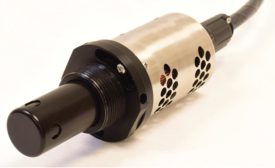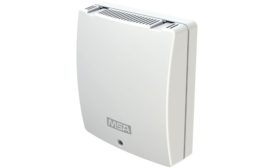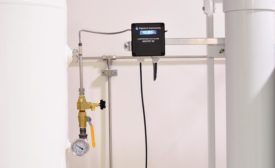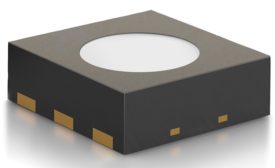Home » Sensor Technology for HVACR
Articles Tagged with ''Sensor Technology for HVACR''
Winners Announced for Virginia Velocity Tour Business Plan Competition
Winner from the Roanoke/Blacksburg region is a creator of flux sensors and thermal instrumentation
October 10, 2016
Advanced Sensor Revenue to Total $3.2 Billion in 2024
These sensors are a crucial component of the growing intelligent buildings market
September 29, 2016
Qualcomm Collaborates with Current to Gain Further Efficiencies for Smart Campus
Current’s sensing technology to help optimize office space, enhance employee comfort
September 26, 2016
University, Dioxide Materials Partner on New Sensors for HVAC
Technology to help lower the amount of energy businesses and homes use for HVAC
July 28, 2016
DOE Invests $19 Million to Improve Efficiency of US Buildings
Projects include sensors and controls, HVACR and joining technologies, building envelope, energy modeling
July 20, 2016
Copyright ©2024. All Rights Reserved BNP Media.
Design, CMS, Hosting & Web Development :: ePublishing





